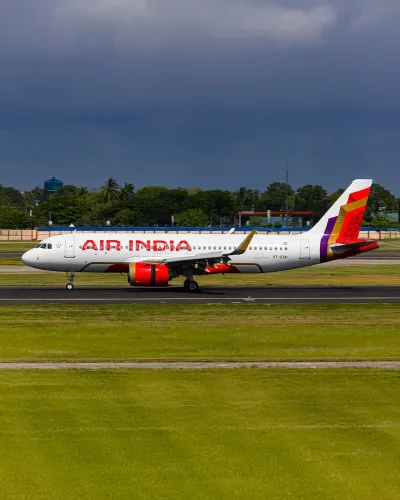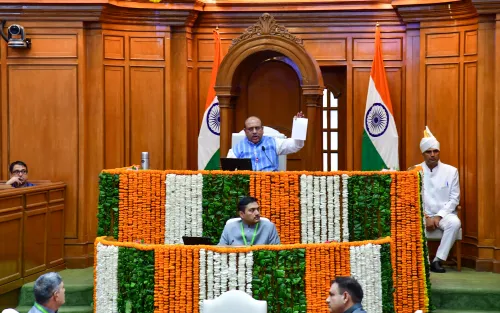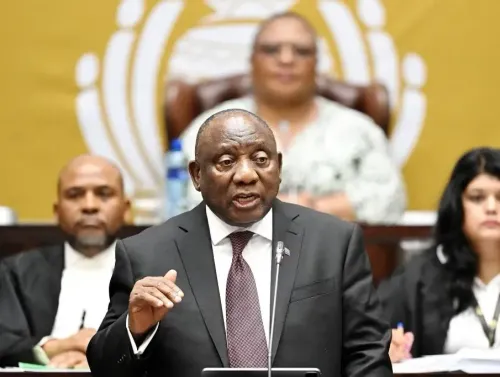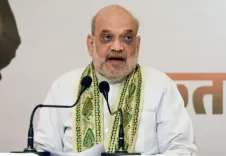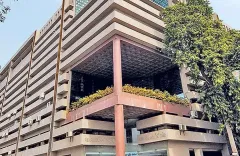How is Gujarat Leading in Tech-Driven Justice?
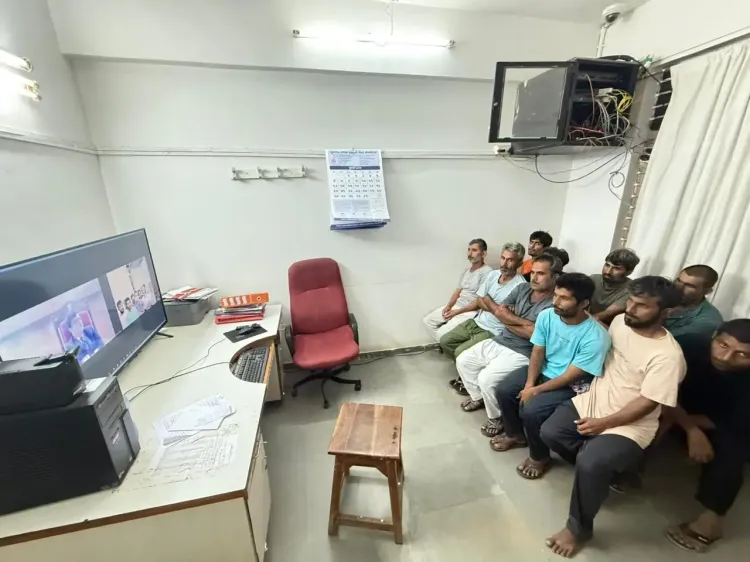
Synopsis
Key Takeaways
- Over 53,672 prisoners appeared via video conferencing in six months.
- The adoption rate increased to 41 percent.
- 83 video conferencing units are operational statewide.
- 1,100 systems were installed in courts to enhance efficiency.
- Quicker trials and reduced transportation costs are key benefits.
Ahmedabad, July 17 (NationPress) Gujarat is at the forefront of incorporating technology into its legal framework, having showcased a remarkable achievement with over 53,672 prisoners appearing in court through video conferencing from January to June 2025. This figure marks a substantial increase from the 40,633 prisoners presented during the same timeframe last year.
This development reflects a 41 percent adoption rate for video conferencing in judicial proceedings, significantly up from 29 percent in 2024, indicating the state's increasing dependence on digital innovations for faster and more efficient justice delivery.
Currently, 83 video conferencing units are actively utilized in Gujarat's correctional facilities, including 23 software-based systems. Spearheaded by Chief Minister Bhupendra Patel and Minister of State for Home Harsh Sanghavi, this initiative is a collaborative endeavor involving Gujarat Police, the prison department, and the judiciary.
The main objectives include alleviating the workload on police personnel, conserving time and resources, and enhancing the overall criminal justice framework.
The transformation was significantly bolstered by the Gujarat High Court, which installed 1,100 video conferencing systems in courts across the state in 2022. This advancement has led to reduced prisoner transportation expenses, expedited court processes, and improved administrative efficiency, allowing police personnel to be reassigned to more critical duties.
Officials report that this transition has not only mitigated logistical hurdles but also facilitated quicker trials and expedited justice for victims, aligning with Prime Minister Narendra Modi’s vision for a tech-enabled, responsive judicial system.
Under the strategic oversight of DGP Vikas Sahay and Prisons DG K.L.N. Rao, the state is committed to further developing this model, solidifying Gujarat’s position as a leader in digital judicial reform.
Gujarat’s legal apparatus operates within the Indian judiciary’s three-tier system, consisting of over 370 district and subordinate courts and the Gujarat High Court in Ahmedabad, which oversees the entire state.
Established in 1960, the High Court processes more than 80,000 cases annually and plays a crucial role in supervising lower courts and interpreting constitutional issues. Additionally, the state has established over 35 fast-track courts and 25 family courts to ensure justice is administered promptly.


